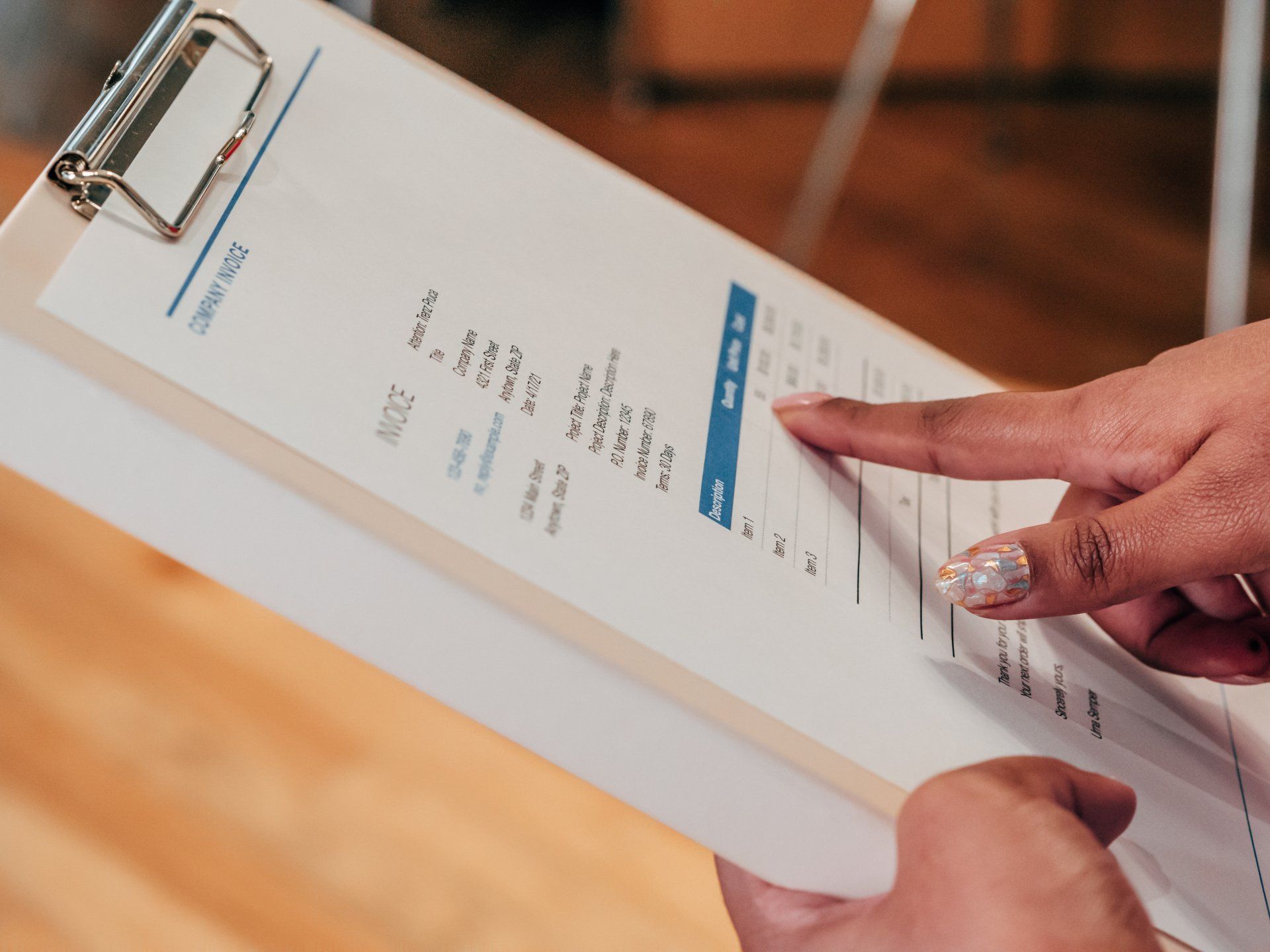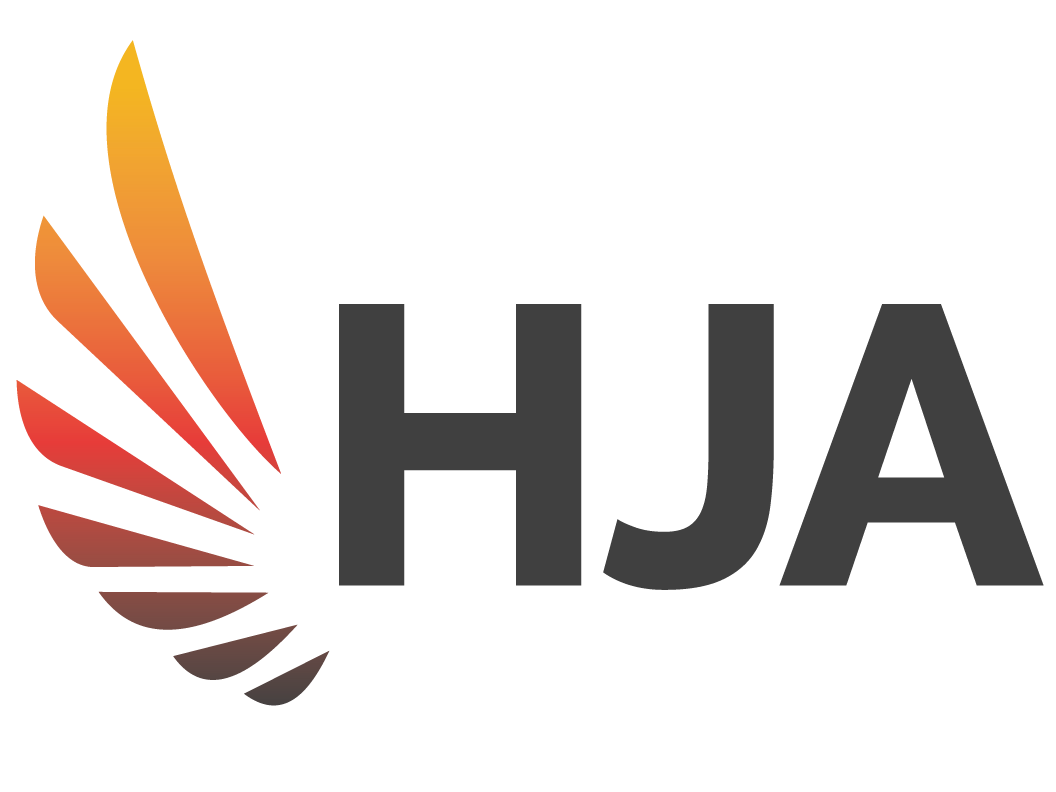A Guide to Business Debt Recovery Process in the UK

Businesses often encounter unpaid debts, which can significantly impact their cash flow and overall financial stability. In the United Kingdom, there are established procedures and legal frameworks in place to assist businesses in recovering outstanding debts. In this blog, we will provide a comprehensive overview of the business debt recovery process in the UK, outlining the steps involved and the options available to businesses.
1. Informal Communication and Reminder Letters:
The initial step in the debt recovery process involves informal communication with the debtor. This can include phone calls, emails, or reminder letters, urging them to settle their outstanding debt. It is important to maintain clear and detailed records of all communication and attempts made to resolve the debt amicably.
2. Letter Before Action (LBA):
If informal communication fails to yield results, the next step is to send a formal Letter Before Action (LBA). An LBA is a formal letter outlining the debt owed, the legal basis for the claim, and a deadline by which the debtor must respond and settle the debt. The LBA serves as a final warning to the debtor before initiating legal proceedings.
3. Legal Action - County Court:
If the debtor fails to respond or settle the debt within the specified timeframe, legal action can be pursued through the County Court. The claimant (the business owed the debt) must submit a claim form to the court, providing details of the debt, supporting documents, and the amount being claimed. The court will then serve the claim form to the debtor.
4. Judgment and Enforcement:
Upon receiving the claim form, the debtor has a limited time to respond and either admit or dispute the debt. If the debtor admits the debt, they may propose a payment plan, or the claimant can request a judgment by default. In cases where the debtor disputes the debt, the court may schedule a hearing to assess the claim.
Once a judgment is obtained, the claimant can proceed with enforcing it to recover the debt. Enforcement options include:
a. Writ of Control: The High Court Enforcement Officer can seize the debtor's assets to be sold at auction to recover the debt.
b. Attachment of Earnings: If the debtor is employed, a portion of their wages can be deducted to repay the debt.
c. Charging Order: A charge is placed on the debtor's property, which can be realized when the property is sold.
d. Third-Party Debt Order: If the debtor owes money to a third party, that party can be directed to pay the debt directly to the claimant.
5. Insolvency Proceedings:
In cases where the debtor is unable to pay the debt, insolvency proceedings may be initiated. This can include either a winding-up petition for companies or a bankruptcy petition for individuals. These proceedings involve the court assessing the debtor's financial situation and, if deemed appropriate, appointing a liquidator or trustee to manage the repayment of debts.
Recovering business debts in the UK involves a well-defined process, starting with informal communication and progressing to legal action if necessary. It is essential for businesses to be familiar with these steps and understand their rights and responsibilities. Seeking legal advice and assistance from debt recovery specialists can help businesses navigate the complex process and increase their chances of successful debt recovery. By following the proper procedures and utilising available legal options, businesses can minimise the impact of unpaid debts and maintain financial stability.
Don't hesitate to get in touch with us about your unpaid invoices to see how we can help.
info@hjasolutions.co,uk




